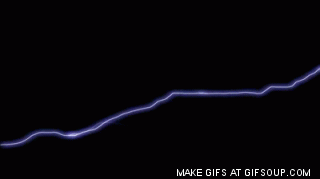THE 'Y' CONNECTION
GENERAL DEFINITIONS:
- The conductors connected to the
three points of a three-phase source or load are called lines.
- The three components comprising
a three-phase source or load are called phases.
- Line voltage is the voltage measured between any two lines in
a three-phase circuit.
- Phase voltage is the voltage measured across a single component
in a three-phase source or load.
- Line current is the current through any one line between a
three-phase source and load.
- Phase current is the current through any one component
comprising a three-phase source or load.
- In balanced “Y” circuits, line
voltage is equal to phase voltage times the square root of 3, while line
current is equal to phase current.
THE DELTA CONNECTION
For Delta Circuits:
Eline = Ephase
Iline = Square root of 3(Iphase)
THE DELTA - DELTA CONNECTION
- All sources are represented by a set of balanced 3-phase variables
- Loads are three phase with equal Z's (impedances)
- Line impedance are equal in all three phases
- All three variables have the same amplitude
- All three variables are in phase 120o
- All three variables have the same frequency











